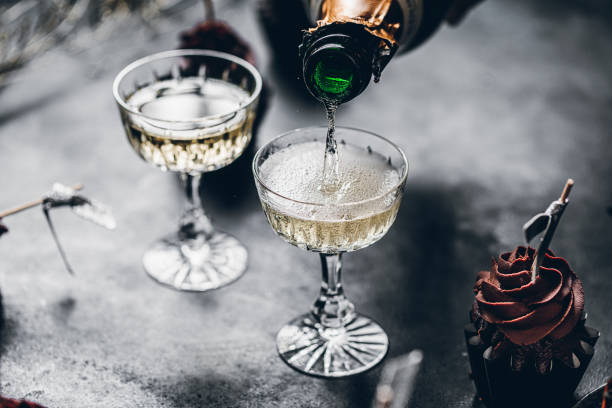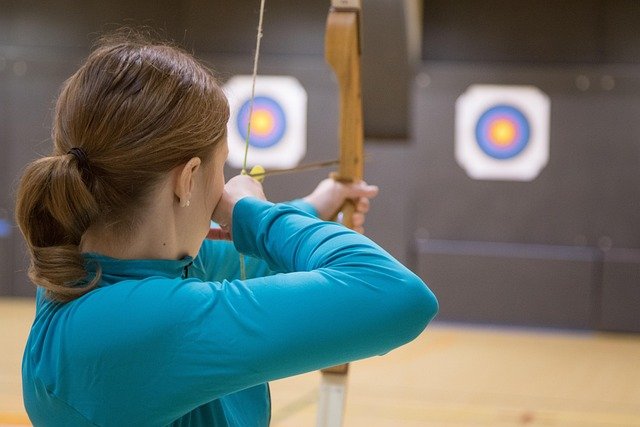Sip and Savor: The Art of Pairing Chocolate with Wine
Indulging in the perfect combination of chocolate and wine is a sensory journey that elevates both flavors to new heights. This sophisticated pairing has gained popularity among food enthusiasts and wine connoisseurs alike. Join us as we explore the nuanced world of chocolate and wine pairing, unlocking the secrets to creating harmonious flavor profiles that will delight your palate and impress your guests.

Exploring Chocolate Varieties
To master the art of chocolate and wine pairing, it’s essential to familiarize yourself with the diverse world of chocolate. From single-origin bars to flavored truffles, the options are vast and varied. Dark chocolate, with its intense cocoa flavor and lower sugar content, offers a rich and complex taste profile that can stand up to bold wines. Milk chocolate, characterized by its creamy texture and sweeter taste, pairs well with lighter wines or those with fruity notes. White chocolate, although not technically chocolate due to its lack of cocoa solids, can be an interesting addition to your pairing repertoire, particularly when matched with dessert wines or sparkling varieties. Artisanal chocolates infused with unique flavors like sea salt, chili, or lavender can add an extra layer of complexity to your pairings, allowing for creative and unexpected combinations that tantalize the taste buds.
Decoding Wine Selections
When it comes to selecting wines for chocolate pairing, the options are equally diverse and exciting. Red wines are often the go-to choice, with varieties like Cabernet Sauvignon, Merlot, and Zinfandel offering bold flavors that complement dark chocolate. Port wine, with its rich, sweet profile, is a classic pairing for chocolate desserts. For milk chocolate lovers, consider lighter red wines like Pinot Noir or even a fruity Rosé. White wines can also play a role in chocolate pairing, particularly when it comes to white chocolate or milk chocolate with fruity undertones. Dessert wines like Moscato d’Asti or late-harvest Riesling can create delightful pairings with sweeter chocolate varieties. Don’t be afraid to experiment with unexpected combinations, such as a sparkling wine with dark chocolate truffles or a crisp Sauvignon Blanc with white chocolate-covered strawberries.
Mastering Tasting Techniques
To fully appreciate the nuances of chocolate and wine pairings, it’s important to develop proper tasting techniques. Begin by cleansing your palate with water or a neutral cracker. When tasting chocolate, allow it to melt slowly on your tongue, paying attention to the various flavor notes that emerge. Take small sips of wine and let them coat your mouth, noting how the flavors interact with the lingering chocolate taste. Pay attention to the texture, acidity, and tannins of both the chocolate and wine. Consider the order in which you taste each element – some prefer to start with the wine, while others begin with the chocolate. Experiment with different approaches to find what works best for your palate. Remember that temperature can affect the tasting experience, so ensure your chocolate is at room temperature and your wine is served at the appropriate temperature for its variety.
Hosting a Chocolate and Wine Tasting Party
Share your newfound expertise by hosting a chocolate and wine tasting party for friends and family. Create a curated selection of chocolates and wines, ranging from classic pairings to more adventurous combinations. Provide tasting notes and guidance on how to approach each pairing. Encourage guests to share their observations and preferences, fostering a fun and interactive experience. Consider incorporating a blind tasting element to challenge participants’ palates and spark lively discussions. Don’t forget to include palate cleansers like water, crackers, or fresh fruit between tastings. To elevate the experience, provide complementary snacks like cheese, nuts, or dried fruits that can enhance the flavor profiles of both the chocolate and wine.
Helpful Tips for Chocolate and Wine Pairing
-
Start with lighter chocolates and wines, gradually moving to more intense flavors
-
Experiment with contrasting flavors, such as pairing a sweet dessert wine with dark chocolate
-
Consider the origin of both the chocolate and wine for interesting regional pairings
-
Don’t be afraid to break traditional rules and try unexpected combinations
-
Take notes on your favorite pairings to refine your palate over time
-
Invest in quality chocolates and wines for the best tasting experience
-
Remember that personal preference plays a significant role in pairing enjoyment
In conclusion, the art of pairing chocolate with wine offers a delightful journey of flavor exploration and sensory discovery. By understanding the basics of flavor profiles, experimenting with different combinations, and honing your tasting techniques, you can create unforgettable culinary experiences. Whether you’re a seasoned connoisseur or a curious beginner, the world of chocolate and wine pairing invites you to indulge, learn, and savor the exquisite harmony of these two beloved treats.





